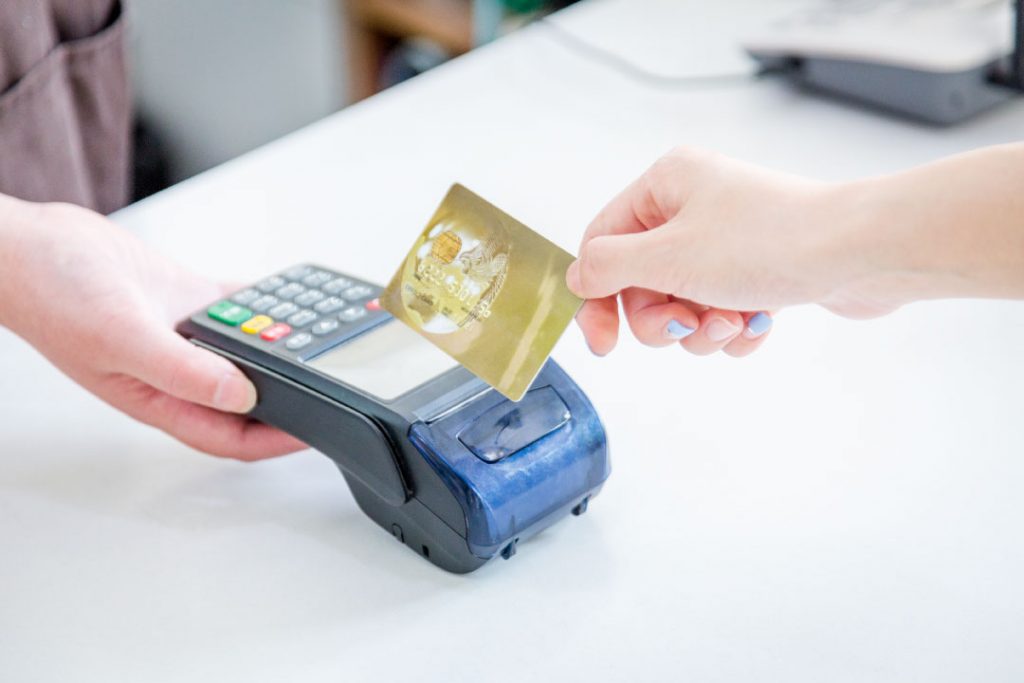
As a retailer, you need to realize that your point-of-sale (POS) system is more than a tool for processing transactions. Advancement in technology and a lot has been integrated with the original cash till. Today’s POS systems give store owners data they can use as insights to boost their bottom line. Strategically implementing point-of-sale insights allows you to gain a competitive edge and stay ahead of rival businesses.
Optimizing Stock Levels
To become a successful retailer; you need to leverage data from your POS to optimize inventory. Tracking inventory using a manual method can be quite tedious and inaccurate. Your modern POS analytics ensures that nothing goes missing when you restock the store.
The right POS data analytics also ensures that your shelves are always full, and you don’t lose customers because you can find a product you thought you had. Inventory counts and checking stock levels are important tasks that can be tiresome for large retail stores.
POS analytics allows you to track your products all the way to order returns. Knowing which products were returned and why gives you the data you need to improve your advertising and marketing strategies.shop

Gain Customer and Product Insights
Data-specific data allows you to know which of your products sell the fastest. This information helps you adjust your forecasting to ensure you meet customer demand.
Additionally, the POS data analysis provides you with the order history of all your customers. You can use this information to make smart recommendations for your frequent customers. Personalized offers guarantee your customers positive shopping experiences.
Realizing the value of POS systems allows retail store owners to gain a competitive edge. Modern POS analysis allows retailers to gather valuable information to drive decisions. Customers’ ordering history helps store owners to personalize their offers for a better customer experience.
Big Data is Transforming Retail Industry
Impacts of Big Data on the Retail Industry
The 21st-century customer expects personalization as well as seamless experiences from online channels to smart-store establishments. So if you are intending to boost sales while increasing customer satisfaction for your retail brand, then you should base your plans and strategies on big data.
What is Retail Analytics?
The phrase describes large volumes of data that may reveal trends, associations, and patterns with regard to human interactions and behavior. For a retailer, big data means a vast understanding of the shopping habits of consumers and how you can expand your clientele.
Based on clients’ purchase history, you can create custom recommendations to guarantee personalized shopping experiences. Also, the super-sized data can help predict trends and make strategic business decisions based on the analysis of customer behavior in the market.

Importance of Retail Analytics
Here are the areas of application of this crucial business intelligence strategy.
- Predicting client spending
Among the most common methods of gathering big data is via loyalty programs, credit card transactions, user logins, IP addresses, and more. As you collect more information, you can analyze the fluctuations and flow of spending and shopping historically and come up with personalized recommendations.
- Personalizing customer experience
Information from data creates opportunities for retailers to better the experiences of customers. Through this resource, businesses can learn customer preferences and tastes and suggest any relevant products.
- Demand forecasts
To add to business intelligence, retail businesses can use additional algorithms to analyze web browsing and social media trends. This makes it easy for them to predict any new innovation or taste that would take the market by storm.
- Analysis of customer journey
The customer journey is not always a straight line, but a zigzag that begins from research to purchase. Business intelligence can help your retail store get a grip on the journey and offer better experiences. Furthermore, it helps entrepreneurs ascertain where clients seek product information and the most effective methods of reaching them and compelling them to buy.
Tags
You can read all questions and answers about people counting systems in another article.
Keywords
Tags
Resources
© 2020-2024 Link Retail. All rights reserved.





